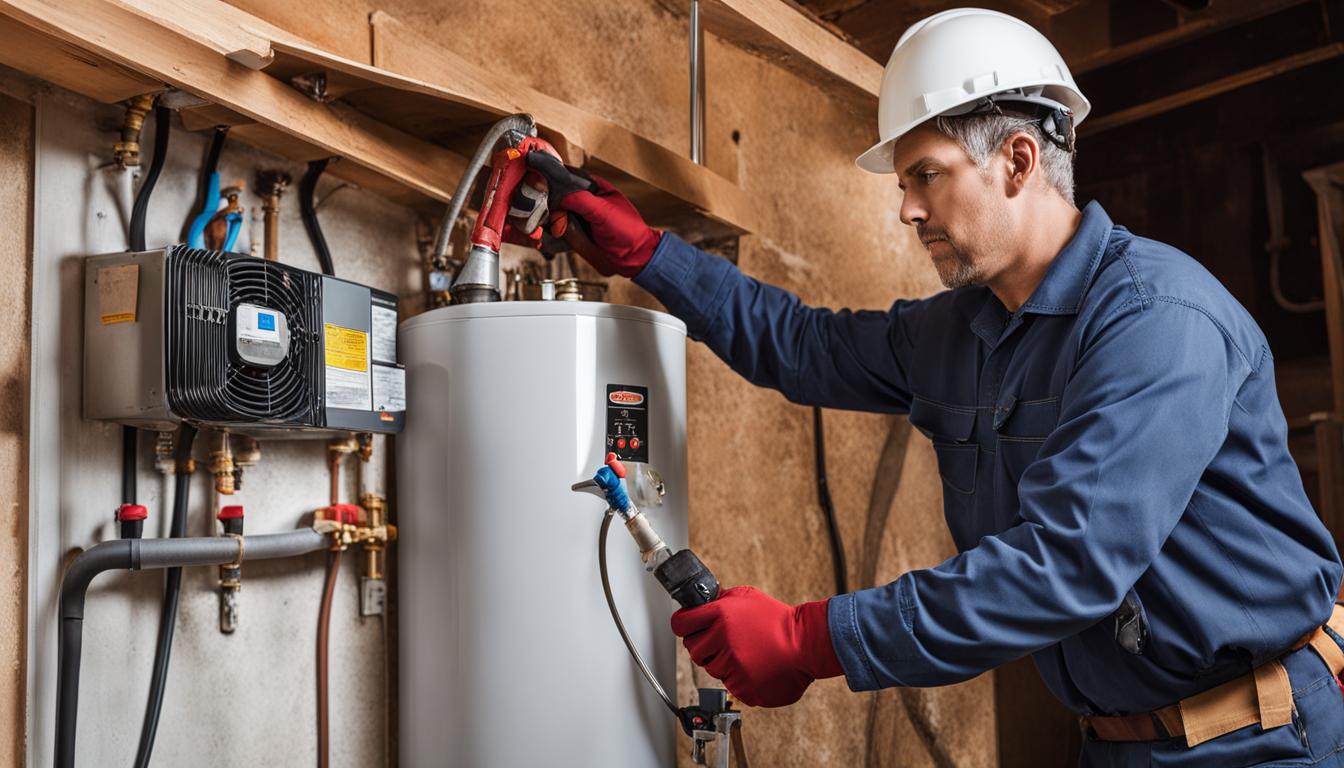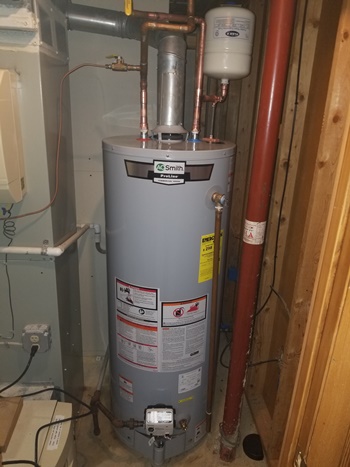Just how do you really feel when it comes to Tips For Maintaining Your Hot Water Heater?

Warm water is essential for day-to-day comfort, whether it's for a rejuvenating shower or cleaning dishes. To ensure your warm water system runs successfully and lasts longer, routine maintenance is vital. This short article supplies practical ideas and understandings on just how to maintain your home's warm water system to stay clear of disturbances and pricey repairs.
Introduction
Maintaining your home's hot water system might appear daunting, but with a few easy steps, you can ensure it operates smoothly for many years to come. This guide covers whatever from comprehending your hot water system to DIY maintenance tips and knowing when to call in professional help.
Significance of Maintaining Your Hot Water System
Normal upkeep not just expands the life expectancy of your hot water system but also ensures it operates successfully. Neglecting upkeep can result in decreased efficiency, greater power costs, and even early failure of the system.
Signs Your Hot Water System Needs Maintenance
Recognizing when your warm water system requires attention can stop significant issues. Look out for signs such as inconsistent water temperature level, unusual sounds from the heating unit, or corroded water.
Flushing the Water Heater
Flushing your hot water heater eliminates sediment build-up, improving performance and extending its life.
Monitoring and Replacing Anode Rods
Anode rods prevent corrosion inside the container. Examining and replacing them when broken is critical.
Facility Problems Requiring Specialist Assistance
Instances consist of significant leaks, electrical troubles, or if your water heater is consistently underperforming.
Regular Expert Maintenance Perks
Professional upkeep can consist of thorough evaluations, tune-ups, and making certain compliance with safety and security requirements.
Examining and Readjusting Temperature Level Setups
Changing the temperature level setups makes certain ideal efficiency and security.
Do It Yourself Tips for Upkeep
You can perform numerous maintenance jobs yourself to keep your hot water system in leading condition.
Looking for Leaks
Regularly check pipelines and connections for leakages, as these can lead to water damage and greater bills.
Recognizing Your Hot Water System
Prior to diving into upkeep tasks, it's handy to recognize the fundamental parts of your hot water system. Usually, this consists of the hot water heater itself, pipes, anode poles, and temperature controls.
Regular Monthly Maintenance Tasks
Routine month-to-month checks can assist capture small problems before they rise.
Evaluating Stress Relief Valves
Examining the pressure safety valve guarantees it functions appropriately and prevents extreme stress buildup.
Insulating Pipes
Protecting warm water pipes minimizes warmth loss and can conserve power.
When to Call a Specialist
While DIY maintenance is useful, some concerns need specialist expertise.
Final thought
Routine upkeep of your home's hot water system is crucial for efficiency, durability, and price savings. By complying with these pointers and recognizing when to seek expert assistance, you can guarantee a trusted supply of warm water without unexpected disruptions.
How to Maintain an Instant Hot Water Heater
Before tinkering with your hot water heater, make sure that it’s not powered on. You also have to turn off the main circuit breaker and shut off the main gas line to prevent accidents. Also turn off the water valves connected to your unit to prevent water from flowing into and out of the appliance. 2. When you’re done, you have to detach the purge valves’ caps. These look like the letter “T†and are situated on either side of the water valves. Doing so will release any pressure that has accumulated inside the valves while at the same time avoid hot water from shooting out and burning your skin. 3. When the purge valves’ caps are removed, you have to connect your hosing lines to the valves. Your unit should have come with three hoses but if it didn’t, you can purchase these things from any hardware or home repair shops. You can also get them from retail stores that sell water heating systems. Read the user’s manual and follow it to complete this task properly. When the hosing lines are connected, open the purge port’s valves. 4. You should never use harsh chemical cleaners or solutions when cleaning your unit. Make use of white vinegar instead. It should be undiluted and you’ll probably use about 2 gallons. 5. Now flush your water heater. This task should probably take about 40 minutes. We can’t give you specific directions for this because the procedure is carried out depending on the type, model and brand of your heater. With that being said, refer to the user’s manual. 6. When you’re done draining the unit, you have to turn off the purge port valves again. Remove the hosing lines that you earlier installed on each of the water valves. Put the valve caps (purge port) back in their respective places and be very careful so as not to damage the rubber discs that are found inside these caps. 7. Now that everything’s back in place, check your user’s manual again to find out how to reactivate your water heating system. 8. Once it is working, turn one of your hot water faucets on just to let air pass through the heater’s water supply pipes. Leave the tap on until water flows smoothly out of it. https://www.orrplumbing.com/blog/2014/september/how-to-maintain-an-instant-hot-water-heater/

We were brought to that editorial about How to Maintain Your Water Heater & Prolong its Life from a pal on another web blog. Enjoyed reading our review? Please share it. Help others check it out. Thanks a lot for being here. Kindly stop by our site back soon.
Source This Article